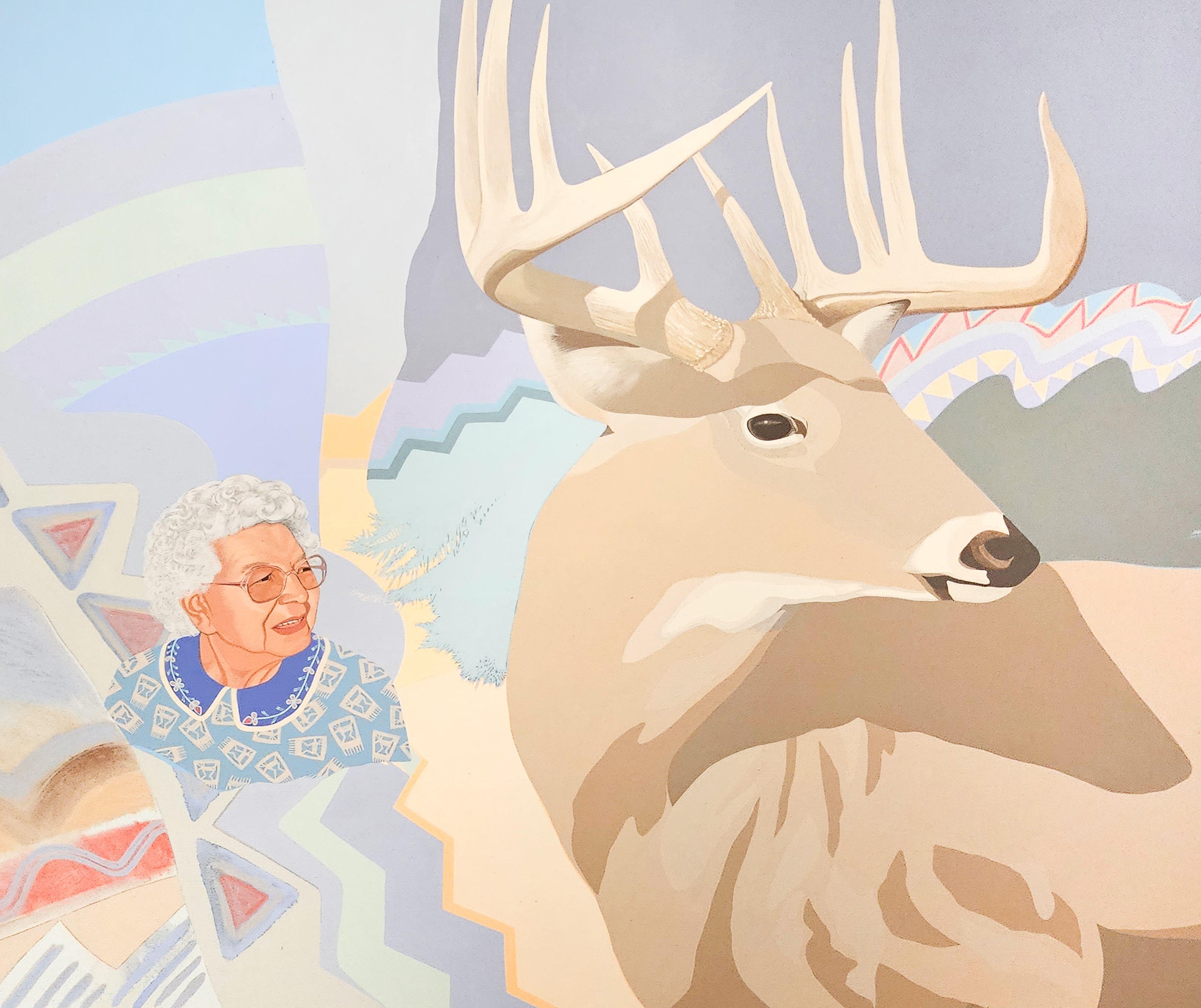
Clan Mothers of the Haudenosaunee Confederacy
by PDRA Dr Laura Gillespie
Researching the Historical and Contemporary Significance of Clan Mothers of the Haudenosaunee Confederacy
Clan Mothers within the Haudenosaunee Confederacy of Northeastern North America have always occupied a powerful and vital role within their communities. The Haudenosaunee Confederacy, also known as the Six Nations or the Iroquois, is a matrilineal society; each Clan is linked by a common female ancestor, with women undertaking leadership roles within the Clan. Everything in the Clans’ worldview is vested in the life-giving force of women, who have both a political and spiritual voice.[1]
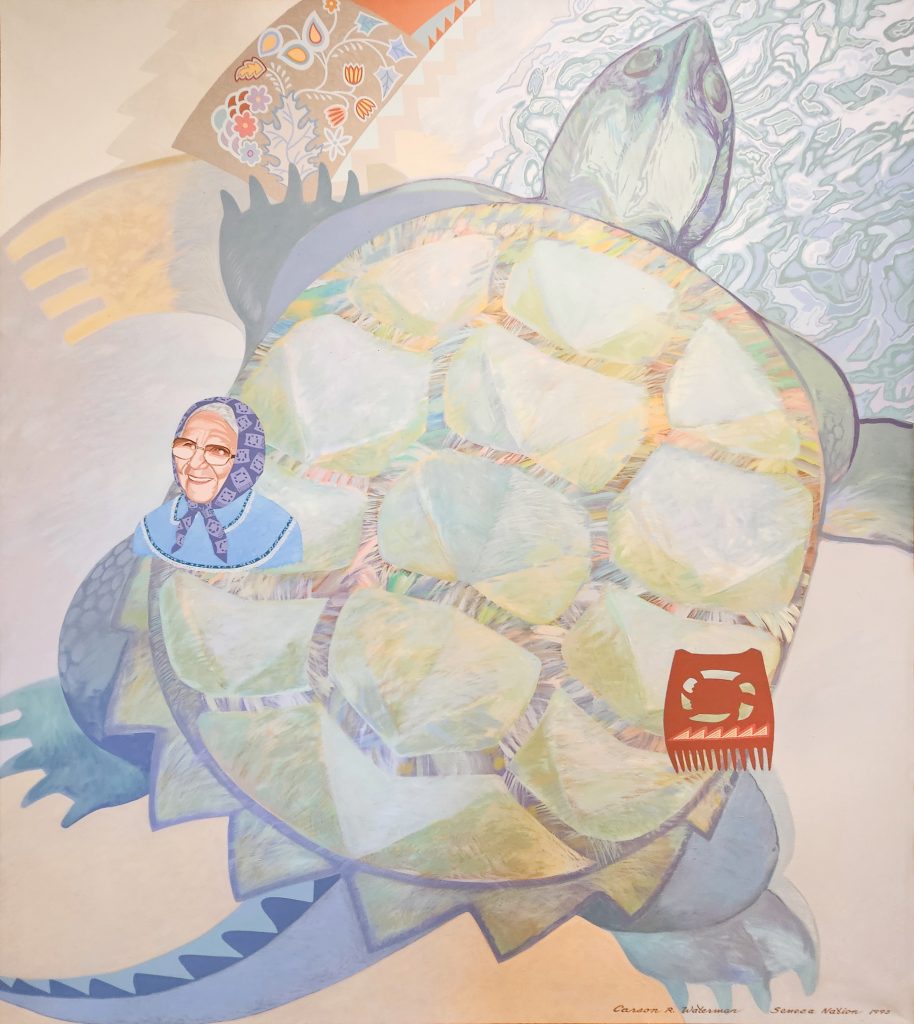
Allegany Clan Mothers circa 1992
Picture Courtesy of Onöhsagwë:de’ Cultural Center
Historically, Haudenosaunee women have been much more influential and visible than their white counterparts, wielding control of their property, custody of their children, and dominion over their bodies.[2] The Clan Mother holds the highest position of authority and acts as the decision maker for, and voice of, the people. Clan Mothers choose the men who will act as Chiefs or Sachems for the tribe and inform said Chiefs of the interests of the Clan that are to be represented when in Council. The Chiefs cannot deviate from this, and if they do, the Clan Mothers have the right to remove or “de-horn” them.
Clan Mothers have been given many different names over the years – Elders, Chieftainesses, Matrons, or Mothers of the Tribes but they have always occupied positions of authority with a decisive say over what happens within their communities. Clan Mothers’ respect for the transference of ancestral knowledge is rooted in their role in protecting the spiritual welfare of the clan and in encouraging tribal members to find balance. They are teachers of language, of history, community helpers, and healers of the mind and heart.[3] As Clan Mother Iakoiane Wakerakatste, a Bear Clan Mother of the Mohawk tribe, wrote in 2017, passing on their knowledge “allows indigenous youths to be in balance with themselves, their community, and their environment.”[4] As Keepers of Knowledge and oral historians within their tribes, Clan Mothers are vital to the survival of their communities.
Treatied Spaces Research Group PDRA Dr Laura Gillespie and PI Joy Porter are researching their absence in the written archive. She is working closely with contemporary Clan Mothers who continue to exercise vital political, social and spiritual power within their communities just as their counterparts did long before the era of “discovery”.
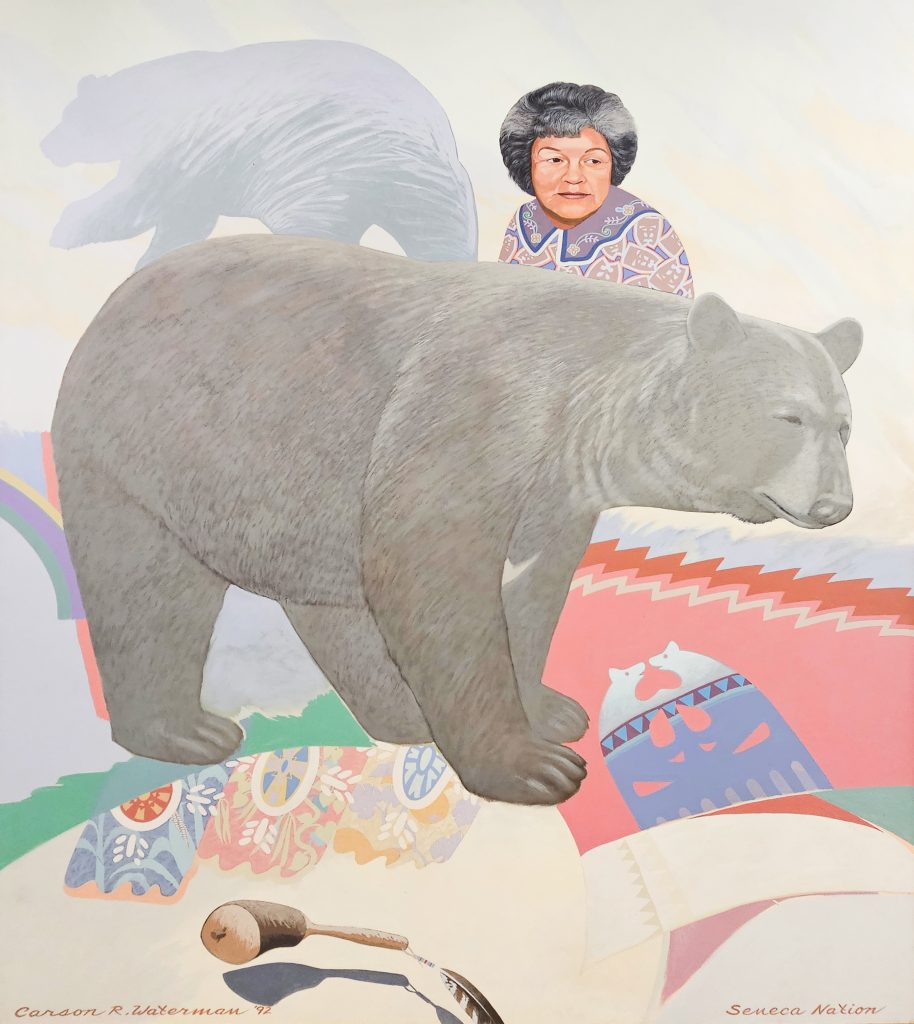
Allegany Clan Mothers circa 1992
Picture Courtesy of Onöhsagwë:de’ Cultural Center
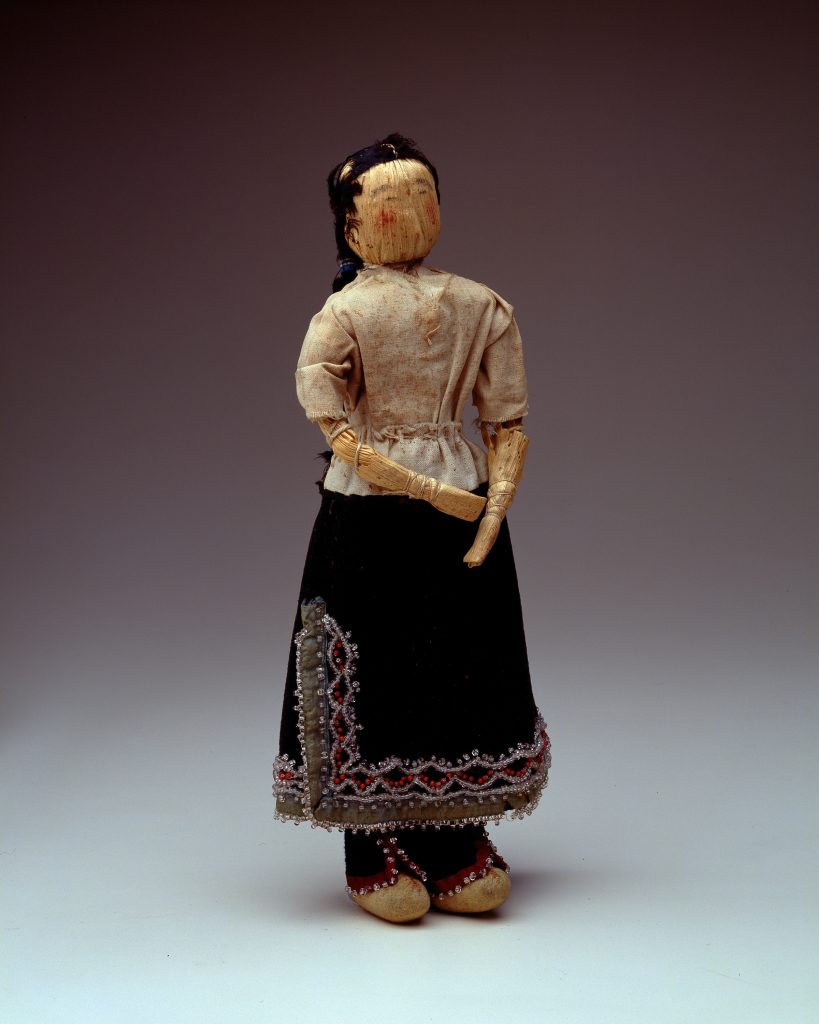
McCord Museum, Gift of Sarah Ann Kerby
[1] The following links provide information on the role of Clan Mothers and tribal systems in the words of the tribes themselves. For further information on the Clan System, see the Haudenosaunee Confederacy’s webpage: https://www.haudenosauneeconfederacy.com/clan-system/. The following clip on Women and Governance also allows for detailed insight into the Clans’ political process: https://www.youtube.com/watch?v=kAcAlqsRAN0 The short documentary Without a Whisper provides further historical and contemporary context of the Clan Mothers’ position in society and their impact on the suffrage movement: https://www.pbs.org/video/without-a-whisper-wnpj8u/ See also the Conversations with Clan Mothers: | Women Rising Radio Project
[2] For readings on the historical place of Clan Mothers within their tribal communities, see Renée Jacobs, “Iroquois Great Law of Peace and the United States Constitution: How the Founding Fathers Ignored the Clan Mothers”, American Indian Law Review, 16:2 (1991), 497-531; Sally Roesch Wagner, “The Iroquois Influence on Women’s Rights,” in Indian Roots of American Democracy, edited by Jose Barreiro. (Ithaca, NY: Akwe:Kon Press, Cornell University, 1992); Nancy Shoemaker, “The Rise or Fall of Iroquois Women”, Journal of Women’s History, 2:3, (Winter 1991), 39-57; Barbara A. Mann, “The Lynx in Time: Haudenosaunee Women’s Traditions and History”, American Indian Quarterly, 21:3 (Summer, 1997), 423-449; and Denise K. Lajimodiere, “Ogimah Ikwe: Native Women and Their Path to Leadership”, Wicazo Sa Review, 26:2 (Fall 2011), 57-82.
[3] The following short follows a Mohican Clan Mother, Molly Miller, and provides insight into her daily life as an Elder: https://www.youtube.com/watch?v=aDTpovImOCE See also the project called Iakionhnhéhkwen, meaning “We Sustain Life”, led by Bear Clan Mother Louise Herne of the Mohawk tribe https://www.oherokon.org/.
[4] Jeanette Rodriguez and Iakoiane Wakerakatste, A Clan Mother’s Call: Reconstructing Haudenosaunee Cultural Memory. (United States: State University of New York Press, 2017), 2-7.V
Randee Spruce, of the Seneca Nation, recently exhibited art work on the roles that women still hold within tribal communities and also in the outside world, representing their nations and their tribes in a positive, growing way.
Randee Spruce (Seneca Nation, Heron Clan) Ganondagan 6th Juried Hodinöhsö:ni’ Art Show
Research Programmes
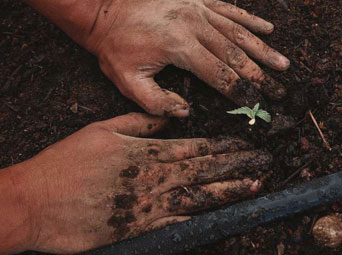
Connecting Cultures
A collaborative project revealing how historic sites can position themselves as global crossroads, enabling multiple global publics to connect their lived experience with them.
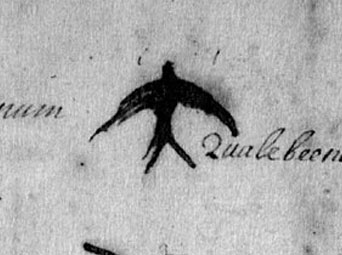
Diplomacy and Treaties
International collaboration revealing globally significant cultures of diplomacy between the Crown, the Haudenosaunee and their neighbours in North America.
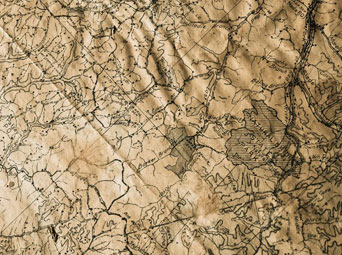
Digital Storytelling
Digital resources that involve the public, advance research, energise teaching, and drive knowledge exchange, built in partnership with the UK’s foremost research software engineers.
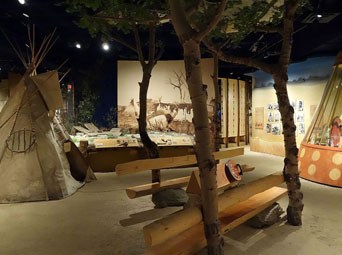
Resource Use and Environmental Futures
Water Cultures in Conflict at Pebble Mine, Bristol Bay, Alaska

Political Ecologies
Timely interventions that examine the power relations between Indigenous actors and the world’s most pressing environmental challenges.

Completed Projects
Timely interventions that examine the power relations between Indigenous actors and the world’s most pressing environmental challenges.


